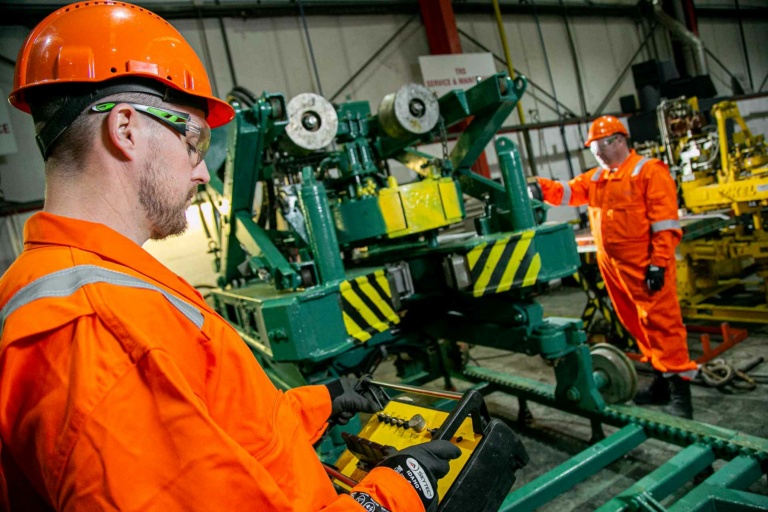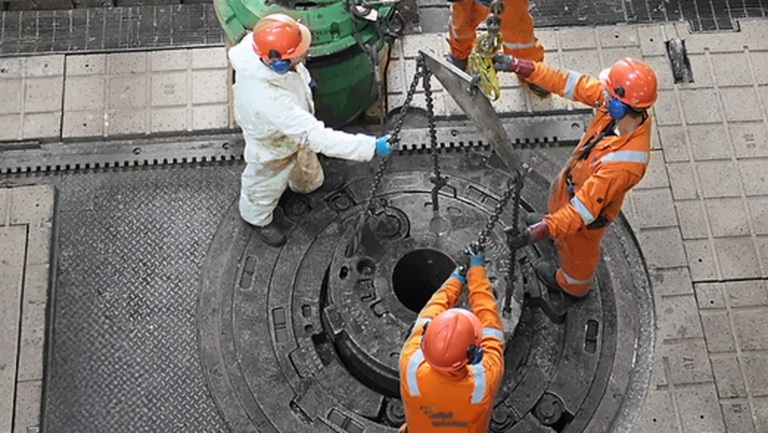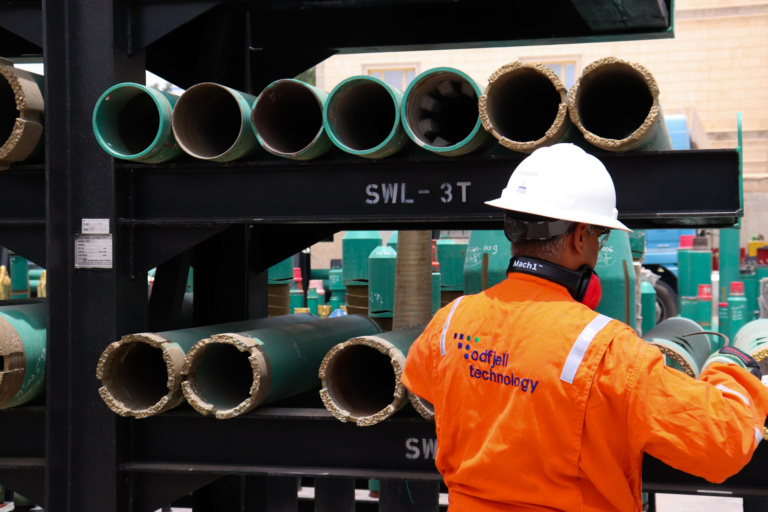How to manage risks and hazards in casing operations?
Although casing activity represent less than 10 % of well cycle time, the injury rate is more than 10%, and more than 50 % of lethal accidents on a drill rig happens during casing, according to IADC.
The history of our business leaves no room for misinterpretation; the rig site is a dangerous environment. But what are the most common hazards in casing operations, and how can we avoid them?
- TUBULARS
- Heavy, large diameter tubulars are a constant threat to the personnel on a drill rig. Tubulars in motion may strike someone, or people may be stuck between tubulars and other objects. A dropped tubular is of course fatal in every sense of the word.
- DROPPED OBJECTS
- The potential fatality in getting hit by dropped objects is obvious, and the risk is present during all parts of the casing process. Wearing a hard hat may not be sufficient protection from an object dropping from a certain height.
- THE STABBER
- The stabber has a hazardous position with a constant risk of fall accidents and being hit from moving parts. With today’s modern handling equipment it should be unnecessary to use stabbers.
- IMPROPER MAINTENANCE
- Worn out parts and poor maintenance of equipment may lead to malfunctioning with increased risk of injury to the operator. The importance of strict routines for maintenance in accordance to the chosen standard, can not be over-emphasized.
- HUMAN ERRORS
- Incompetent crew
Rig crew operating equipment they are not trained for, making misjudgements or deliberately exceeding instructions from manufacturer or supervisor. - Fatigue
We are all more liable to making mistakes when we are tired and worn out. Respect the rest hours. Stress and lack of sleep has turned out to be a major cause of lethal accidents.
- Incompetent crew
Technology reduces risk
The new and improved equipment for casing running is capable of removing hazards and reduce the HSE exposure for the crew involved. Remotely controlled gear removes people from the most dangerous areas of the rig, and automated processes keeps hands and feet away from moving parts. This is a list of modern equipment that is most relevant in the fight against accidents during casing running.
- Top Drive
- TDCRT (Top Drive Casing Running Tool) /top-drive-casing-why-would-you-look-for-anything-else
- CwD (Casing While Drilling) /casing-drilling
- HtVHS (Horizontal to Vertical pipe handling systems)
- FMS (Flush Mounted Spiders)
- Slips lifters with automatic safety clamp
- Big size and high load capacity elevators
- BX Elevators
- Single Joint Compensator
- Radio operated power tongs in scissor tables
- Sliding Spider
- (FAC) Casing fill up and circulation Tool
Theoretically it is possible to run casing without any people in red zone (hands free).
Expertise reduces risk
My colleague Svein Krosli has written an excellent article on the benefits of hiring an experienced casing crew. Without repeating Svein completely, I will emphasize the positive effects a dedicated casing crew has on risk reduction.
- Training and experience means less operational mistakes both in handling, equipment operation and routines.
- Working solely with casing means less fields to cover and increased focus.
- A casing crew is thoroughly briefed and the process is covered in a detailed plan when they appear on site. When everybody knows what to do and when to do it, the risk of failure is reduced.
Safety comes with a cost
There’s no doubt that safety precautions and risk reducing activity are visible on a project’s budget. However, both expertise and technology may significantly reduce risk in casing operations, while increasing efficiency and saving time. In other words, running casing the modern way can reduce both risks and costs. And if you think safety is expensive – compare it to the cost of an accident. A life or permanent damage on an employee is priceless.
Topics: Casing Running, Casing Preparation

By: Alexander Ott
Alexander Ott is Sales Engineer with Odfjell Well Services with 20+ years hands-on, operational and sales experience in Tubular Running and Rental Services.



